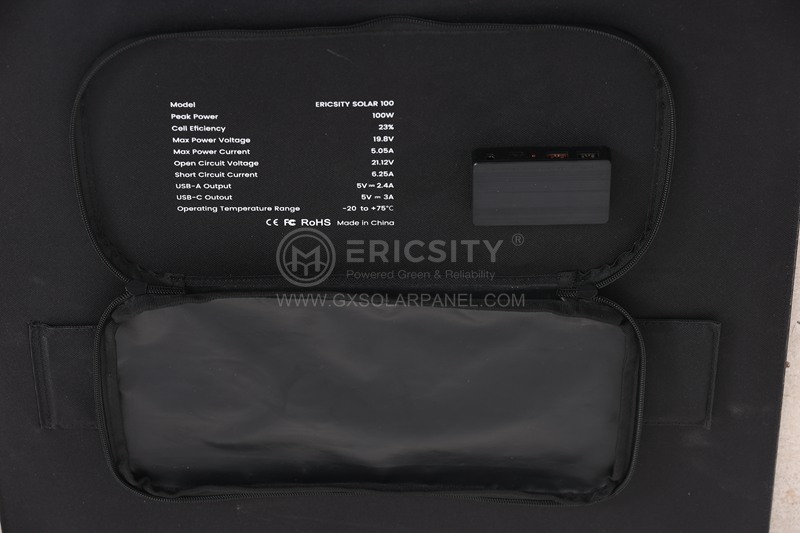HOT PRODUCT
Product Details
Innovations In Solar Technology: The Rise Of Flexible Panel Strips
Title: Innovations in Solar Technology: The Rise of Flexible Panel Strips
Introduction
Solar energy is experiencing rapid growth as a cleaner and more sustainable alternative to traditional fossil-fuel-based sources. As technology advances, innovations in solar panels are continuously being developed to improve efficiency, cost-effectiveness, and versatility. One such breakthrough is the rise of flexible panel strips, which present a new frontier in solar technology. In this article, we will explore the key features and advantages of flexible panel strips, as well as their potential applications.

1. What are Flexible Panel Strips?
Flexible panel strips, also known as flexible solar cells or solar panel tapes, are a new type of solar technology that utilizes innovative materials to create lightweight, pliable, and bendable solar panels. Unlike traditional rigid solar panels, these flexible strips can be easily curved or molded to fit various surfaces. This remarkable flexibility makes them ideal for integration into unconventional spaces, such as curved surfaces, textiles, vehicles, and portable devices.

2. Advantages of Flexible Panel Strips

2.1 Versatility and Design Freedom
One of the key advantages of flexible panel strips is their ability to conform to curved surfaces commonly found in buildings, vehicles, and other objects. This flexibility allows for greater design freedom, enabling integration into a wide range of structures and applications. Architects and designers can now envision energy-efficient buildings with solar panels seamlessly integrated into the curved surfaces, thereby maximizing energy harnessing potential without compromising aesthetics.
2.2 Lightweight and Portable
Flexible panel strips are significantly lighter than their rigid counterparts, making them highly portable. Their lightweight nature facilitates easy transportation and installation, making them suitable for on-the-go power generation. This portability opens up new possibilities for applications such as backpacks with built-in solar panels for charging electronic devices while on the move or temporary installations in remote locations.
2.3 Durability
Flexible panel strips are designed to withstand harsh weather conditions and have excellent resistance to impact and vibration. Their robust construction ensures high durability and longevity, making them suitable for use in various outdoor applications. This resilience allows for the use of flexible panel strips in environments that were previously unsuitable for solar panels, such as marine applications or aerospace technology.
3. Potential Applications
3.1 Building Integration
Flexible panel strips can be seamlessly integrated into building façades, roofs, or windows, enabling architects to incorporate solar energy generation directly into the design. This integration leads to self-sustaining structures that reduce reliance on the grid and contribute to a greener environment.
3.2 Portable Power Solutions

The lightweight and portable nature of the flexible panel strips open up avenues for portable power solutions. From portable solar chargers for smartphones and tablets to camping equipment and portable power banks, these flexible panels provide a convenient and eco-friendly alternative for powering devices while on the go.
3.3 Transportation and Automotive Sector
Flexible panel strips can be integrated into the bodywork of vehicles, ranging from electric cars to bicycles. By harnessing solar energy, these vehicles can extend their driving range while reducing the need for external charging. Additionally, solar-powered autonomous vehicles can tap into flexible panel strip technology to generate power for onboard systems, further enhancing energy efficiency.
Conclusion
The rise of flexible panel strips represents a significant innovation in solar technology, offering enhanced flexibility, design freedom, and durability. Their ability to conform to curved surfaces and lightweight nature opens up new opportunities for solar energy integration in various applications. As this technology continues to advance, we can expect to see even more innovative and efficient solutions that harness the power of the sun in an aesthetically pleasing and sustainable manner, shaping a cleaner and greener future for generations to come.




